How to Get Rid of Bahia Grass (Paspalum) in Your Lawn
One of the toughest grassy weeds to control in home lawns across Australia is ‘Paspalum’ (Paspalum notatum) which is an aggressive grower that’s also incredibly resilient ...

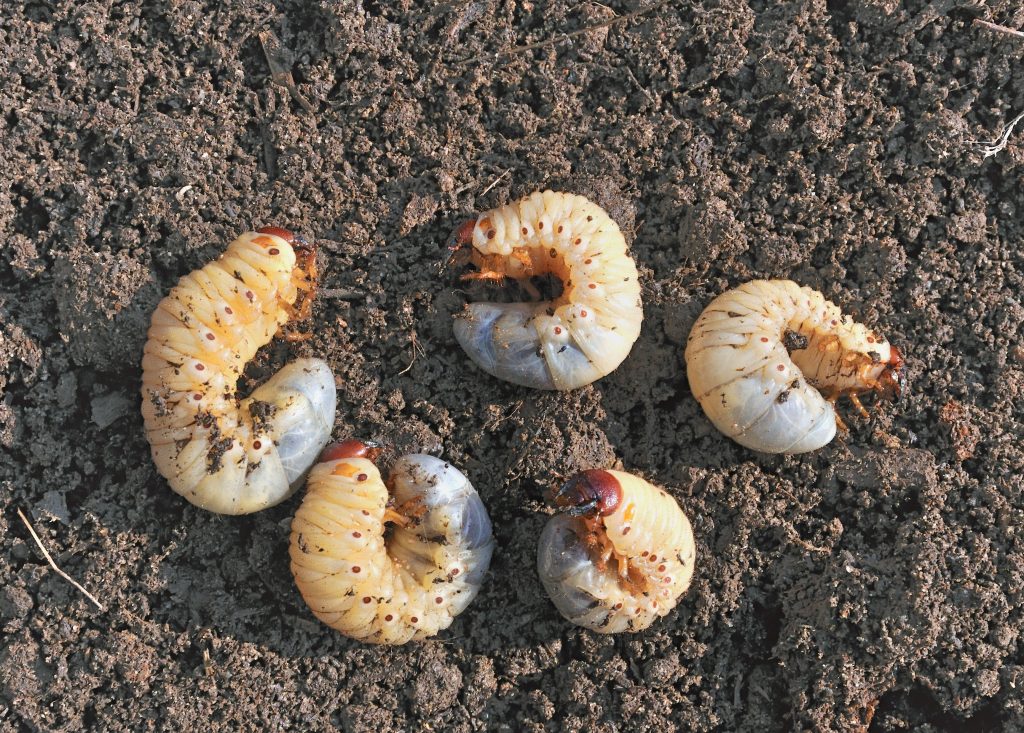
Lawn Grubs are one of the most common garden pests in Australia, with over 2200 species native to Australia.
Spring and summer is the peak danger period when Lawn grubs, which are the larvae of several different species of moths or beetles, hatch and begin chewing and sucking their way through roots or leaves.
Lawn grubs are the larvae of moths and beetles that are found in Australia.
Characteristically, there are two different types of lawn grubs: Root Feeders and Surface Dwellers.
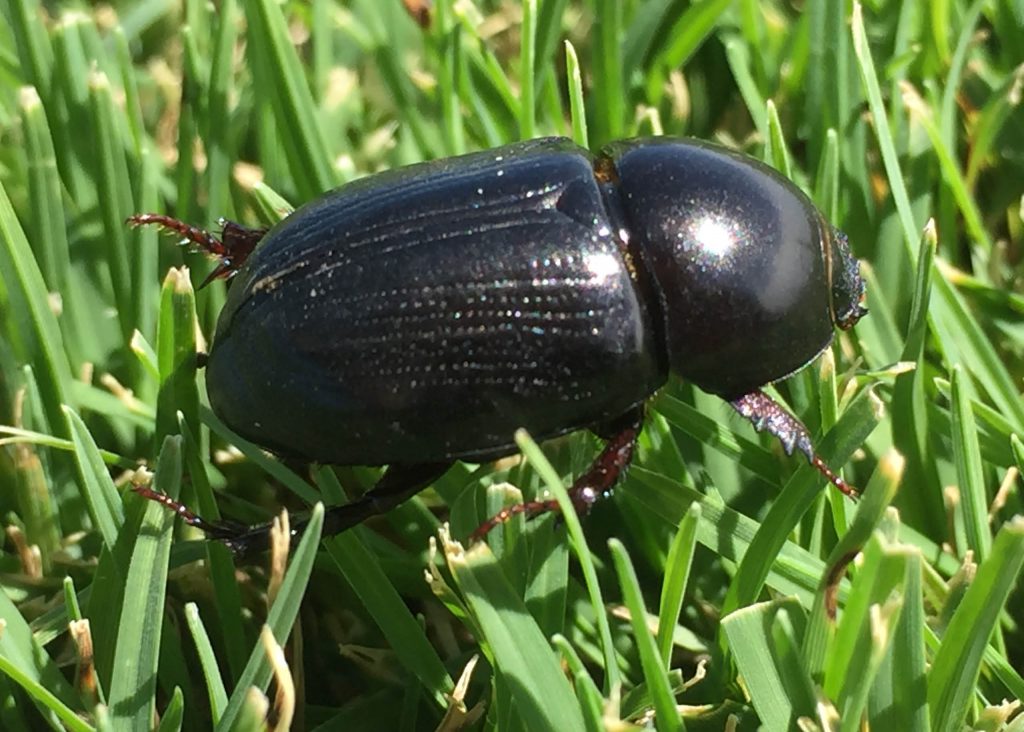 Root feeding lawn grubs are the larvae of Scarab Beetles, which includes Japanese Beetles, African Black Beetles, Argentinian Scarab, Christmas Beetles, Rhinoceros Beetles, and Cockchafers. Adult beetles are often shiny brown or black – although Christmas Beetles can be iridescent green or gold – and easier to identify than their larvae.
Root feeding lawn grubs are the larvae of Scarab Beetles, which includes Japanese Beetles, African Black Beetles, Argentinian Scarab, Christmas Beetles, Rhinoceros Beetles, and Cockchafers. Adult beetles are often shiny brown or black – although Christmas Beetles can be iridescent green or gold – and easier to identify than their larvae.
Common names for the larvae of scarab beetles include Curl Grubs, White Curl Grubs and C-Grubs and they can vary in size from 15mm to 60mm. The larvae usually have a soft C-shaped pale cream or white body, with six legs and depending on the species, can have black, brown, red, or yellow heads.
New generations of root feeding lawn grubs appear after female beetles lay their eggs in the soil. The eggs hatch and the lawn grubs feed on plant roots and underground organic matter before pupating and emerging as adult beetles. The eggs can lie in the soil for up to three years before hatching but usually hatch annually.
Cutworms are the destructive offspring of harmless moths, such as the Bogong Moth, Pink Cutworm Moth, and Black Cutworm Moth.
Adult moths have a wingspan of 40mm to 50mm and fold their wings along their body when at rest. They lay eggs on blades of grass, damp plant debris or cracks in the ground.
The larvae feed at night on lawn grasses, vegetables and ornamental plants and get their name from their destructive habit of cutting seedlings at ground level before feeding on the fallen foliage.
Black Cutworms take grass down into a tunnel where they feed and hide during the day.
Cutworm larvae vary in colour from dark grey to greenish brown or black and they can be 1mm to 2mm long at hatching but quickly grow to about 40mm.
Lawn grubs generally thrive in healthy lawns but will quickly destroy a lawn that is stressed by heat or low mowing.
Scarab beetles lay their eggs in the soil and will be attracted to a range of plants, including potted ornamentals and edible plants, including potato tubers. Scarab beetles are known to move quickly from one property to the next, so keep an eye on your neighbours’ lawns!
There are several indicators that you may have lawn grubs in your lawn.
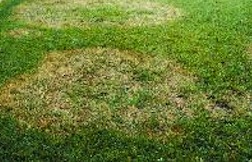 Lawn Grubs are most active at night and damage is often most pronounced when the lawn shakes off its winter dormancy and the grass begins to grow again. Keep an eye out for brown irregular patches appearing on your lawn.
Lawn Grubs are most active at night and damage is often most pronounced when the lawn shakes off its winter dormancy and the grass begins to grow again. Keep an eye out for brown irregular patches appearing on your lawn.
Another sign of Lawn Grubs is the spongy texture underfoot. This is caused by damage that weakens the roots which are unable to pin the lawn firmly to the soil. Try rolling the grass back as you would a rug or carpet to check the extent of the Lawn Grub damage.
If you suspect Cutworms are responsible, look for a brown spot in the lawn that measures up to 50mm across with a hole in the middle – this will be where they hide during the day.
You can also check these holes by torchlight to see if the larvae crawl out at night.
Large birds, such as currawongs, magpies and ibis love to feed on lawn grubs. Keep an eye out for these birds pecking at your lawn, as it may indicate the presence of lawn grubs. This pecking may also cause some lawn damage; however, the lawn will recover with watering and fertiliser.
Beetles and moths are drawn to lit doors and windows and outdoor lights at night therefore monitor numbers as an indicator of potential egg-laying activity.
There are two main methods of controlling Lawn Grubs: manual and chemical.
If you suspect Lawn Grubs are chewing away at your lawn, an easy way to be sure is to spread a wet hessian bag – use a potato sack or buy hessian by the metre from some garden stores – over a patch of lawn. Leave the wet hessian bag overnight on the lawn and the Lawn Grubs will attach themselves to the hessian, ready for disposal in the morning.
Where the lawn has died after the Lawn Grubs nipped off the roots, dig into the soil underneath to uncover the culprits. Collect grubs, beetles and moths and feed them to your chickens, if you have any, or toss them onto a paved area for wild birds to eat.
You could also drown the Lawn Grubs in a bucket of soapy water before putting them into a plastic bag and in the bin.
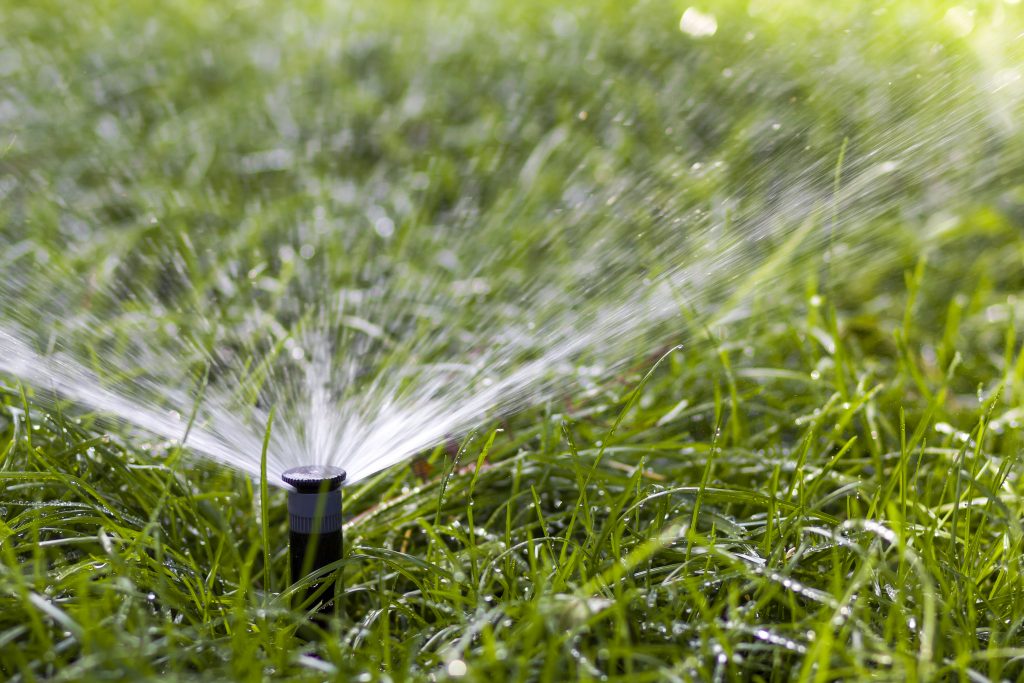 Larvae are most susceptible to pesticides when they’re newly hatched, which is usually in summer and early autumn.
Larvae are most susceptible to pesticides when they’re newly hatched, which is usually in summer and early autumn.
There are several products available that will kill Lawn Grubs on contact, and some that act as a preventative, controlling others that hatch later in the season.
Thoroughly watering in granular pesticides after the application is recommended. This helps the pesticide move down through the soil and encourages the grubs to move up towards the surface.
Repeat treatments may be necessary.
Look for products containing the active ingredients beta-cyfluthrin, bifenthrin, esfenvelerate or chlorantraniliprole.
There’s also a non-toxic Lawn Grub killer made from Neem Oil extract.
Applied as a foliar spray or soil drench, it is consumed by Lawn Grubs feeding on the plant and disrupts their ability to feed, causing starvation and death.
Used properly, Neem Oil extract is safe for humans and does not target beneficial insects such as Bees, Butterflies and Ladybugs.
Always read the safety directions and instructions on the product label before use.
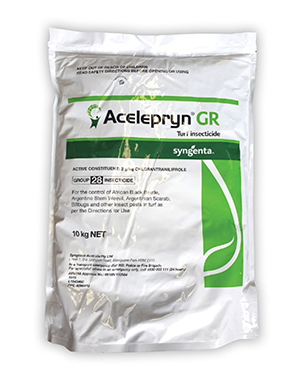
Acelepryn GR 10kg Bag provides unmatched granular seasonal control against seasonal Long Grub and Caterpillar control in one single application. Acelepryn GR 10kg is suitable for Zoysia, Kikuyu, Couch and Buffalo grasses. Always read the safety directions and instructions on the product label before use.
SHOP NOW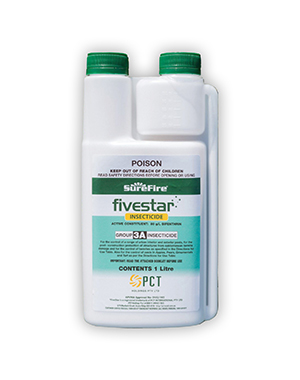
Fivestar 1L is a specialised insecticide designed with a low odour and offers superior control of insect pests. Fivestar 1L is suitable for Zoysia, Kikuyu, Couch and Buffalo grasses. Always read the safety directions and instructions on the product label before use.
SHOP NOW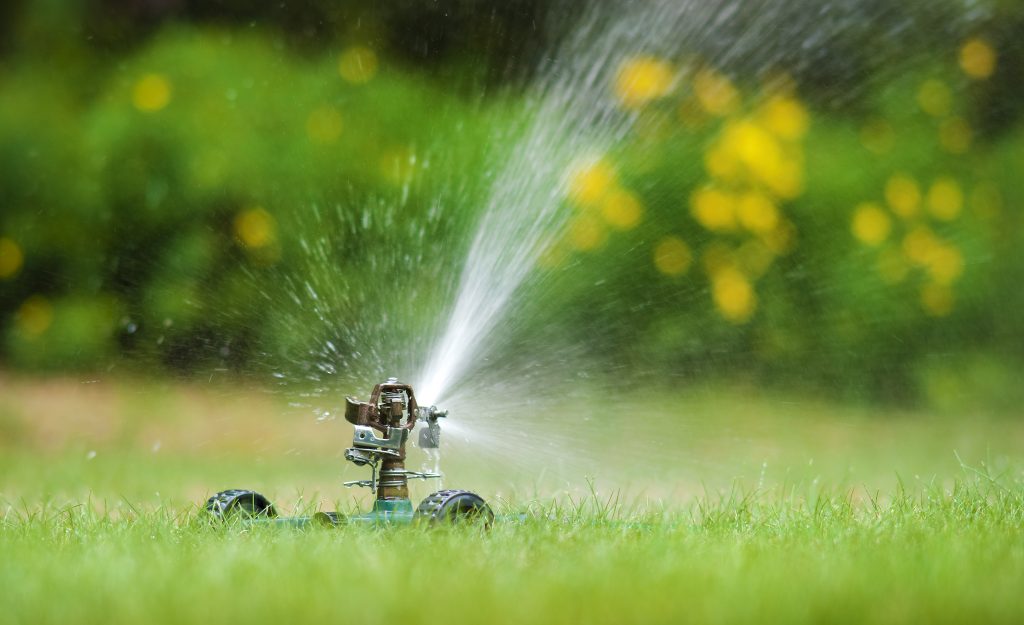 A healthy lawn is better equipped to quickly recover from mild pest infestations such as Lawn Grubs. Help your lawn recover from any pest infestation by watering and feeding appropriately also avoid causing stress to your lawn by mowing it too short.
A healthy lawn is better equipped to quickly recover from mild pest infestations such as Lawn Grubs. Help your lawn recover from any pest infestation by watering and feeding appropriately also avoid causing stress to your lawn by mowing it too short.
Beneficial insects, such as parasitic wasps and flies, can help keep Lawn Grubs under control.
There are also products containing predatory nematodes available commercially which can be applied with a watering can, pump sprayer or knapsack.
Predatory nematodes are safe to use around humans and pets and won’t harm Bees or contaminate groundwater.
Lawn grubs can cause serious damage to turfgrasses by nipping leaves off the roots, creating unsightly brown patches in your lawn. These hungry larvae move quickly, so should be treated as soon as they are detected. Control measures include manual removal of the grubs, but chemical pesticides are most effective in the long-term treatment of lawn grubs. If you do have lawn grubs, feed, and water your lawn posy-treatment to help it recover and avoid low mowing to prevent reinfestation.
For more information on leading pesticide treatments for your home lawn, visit myhomeTURF’s online store.